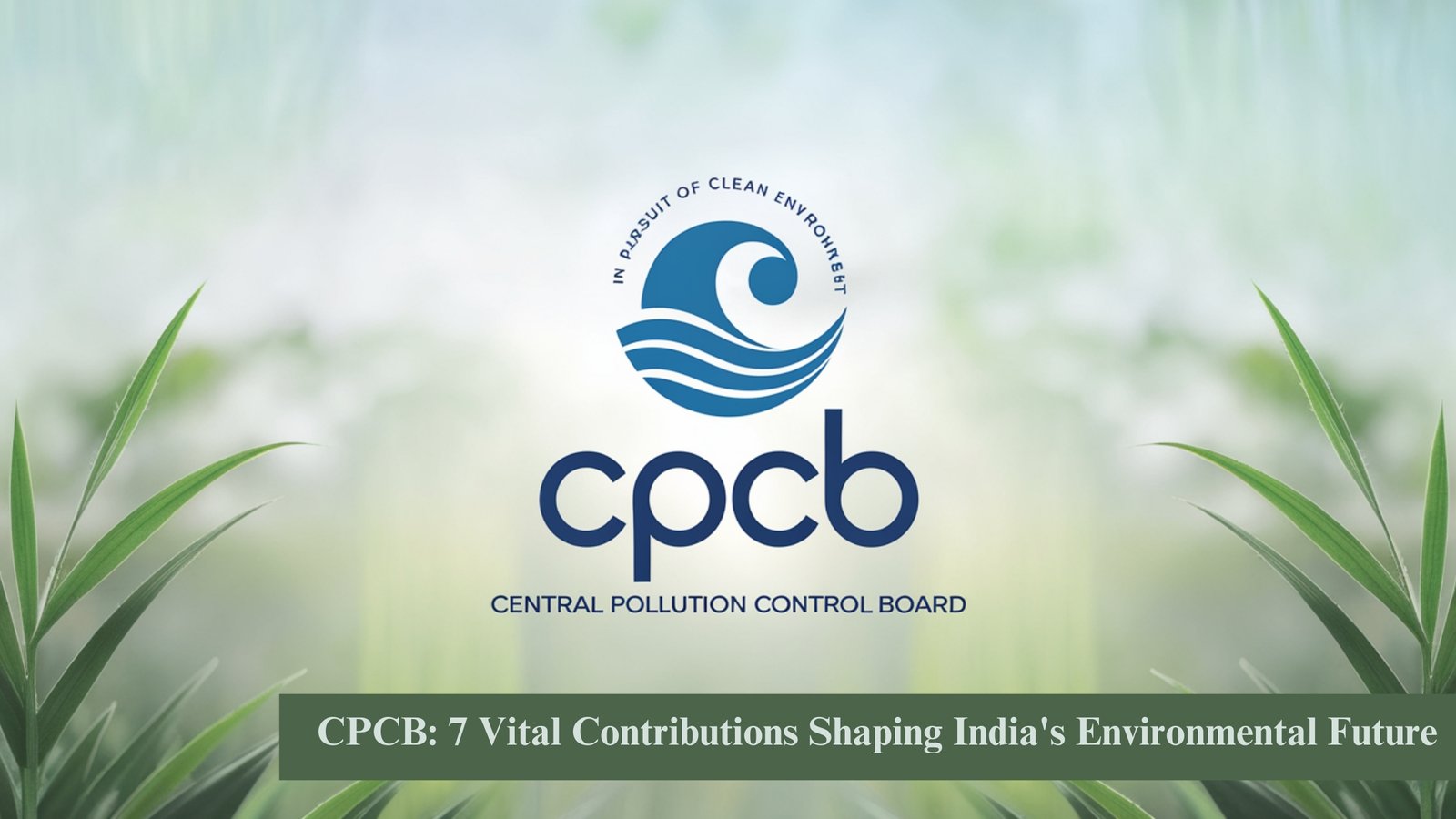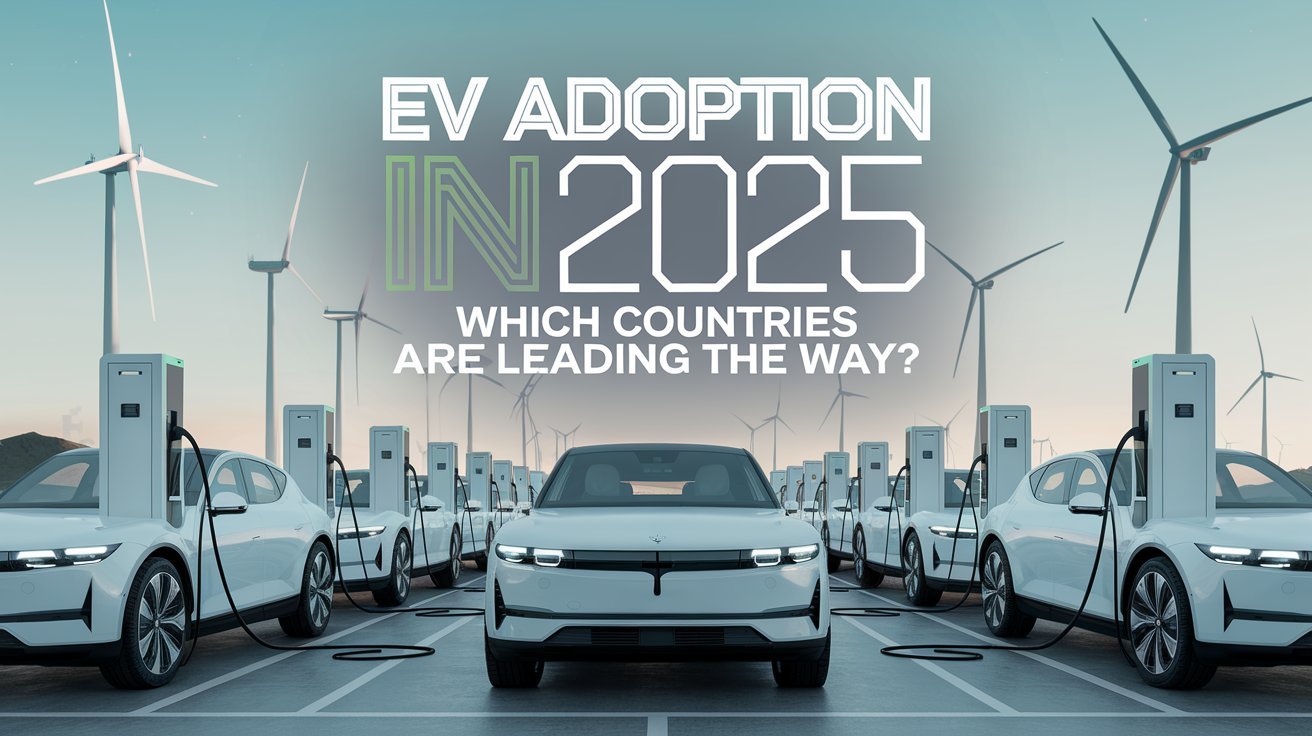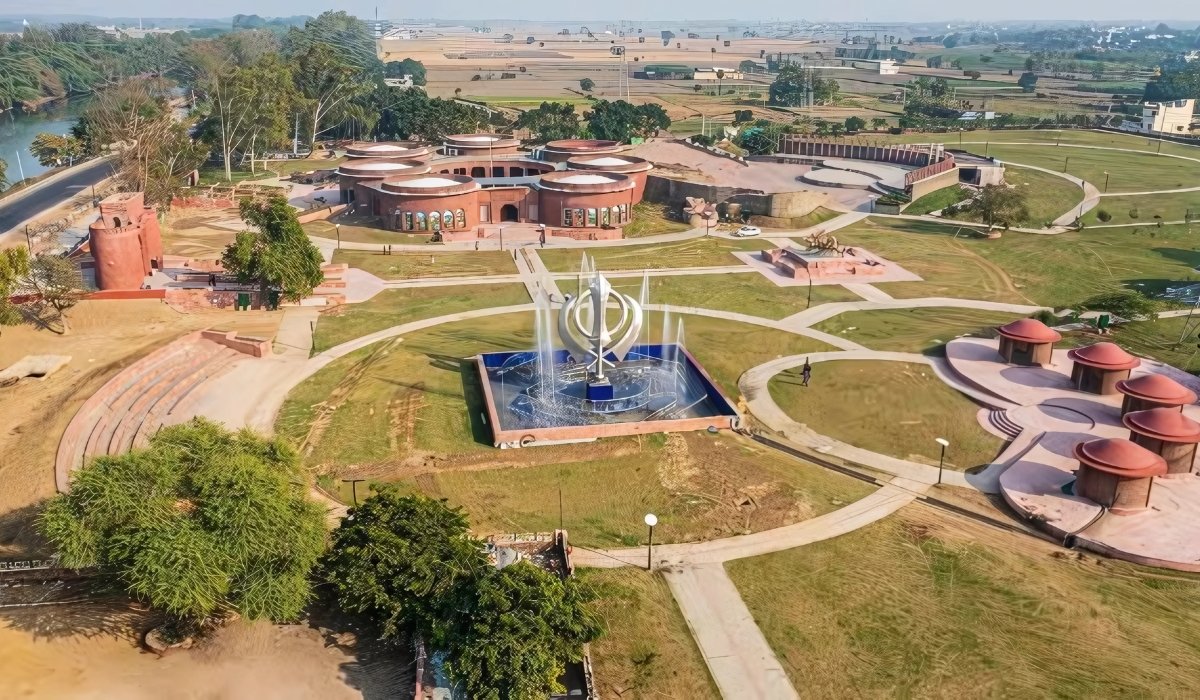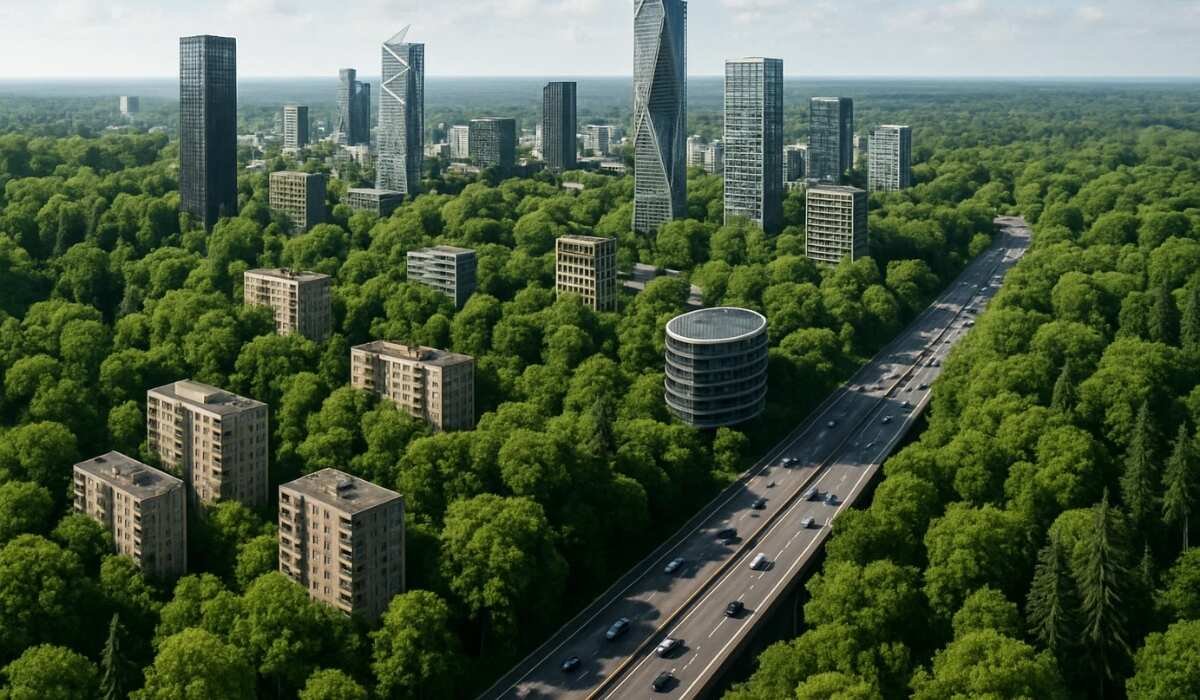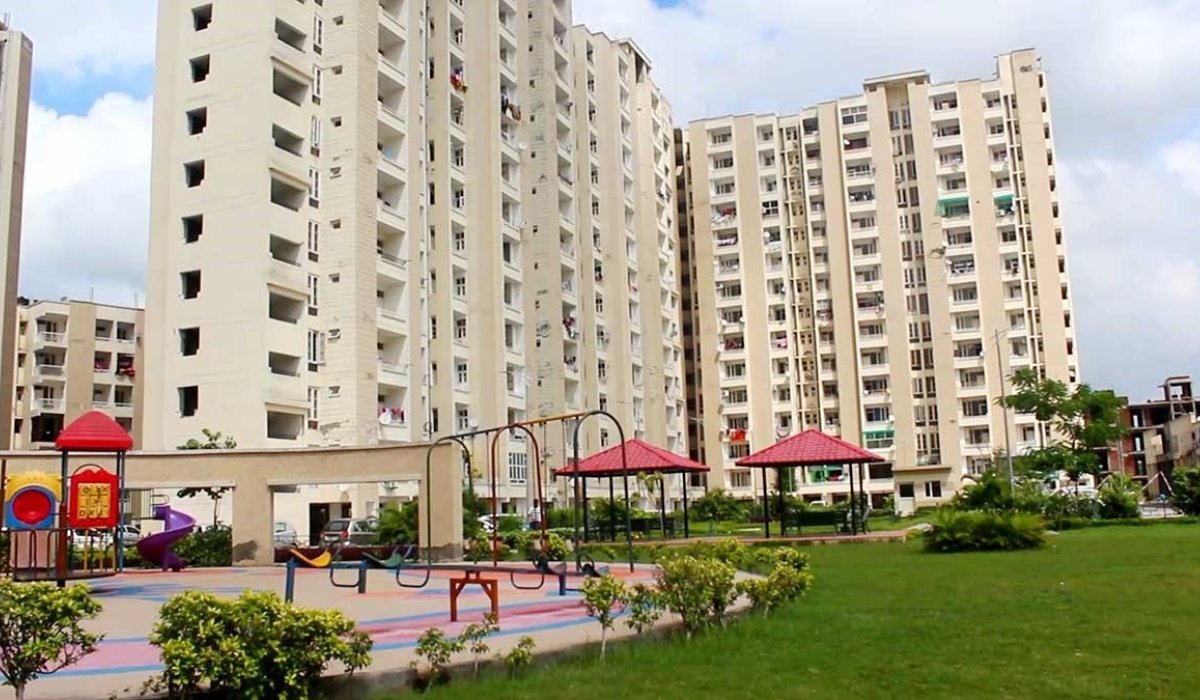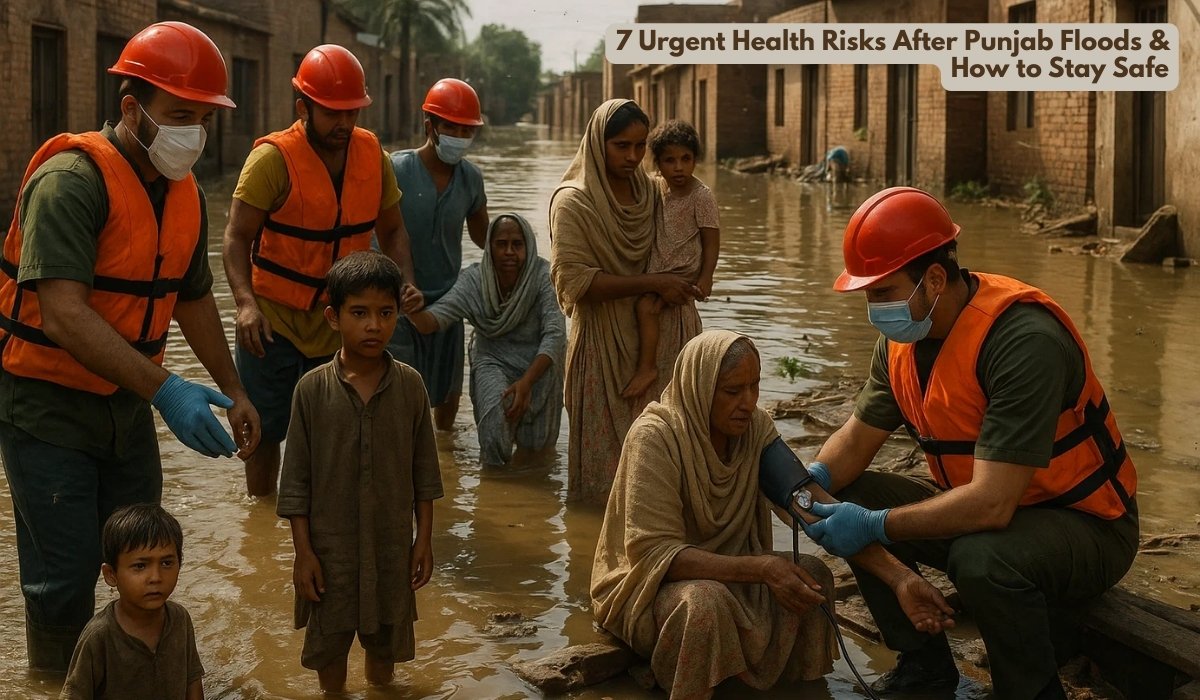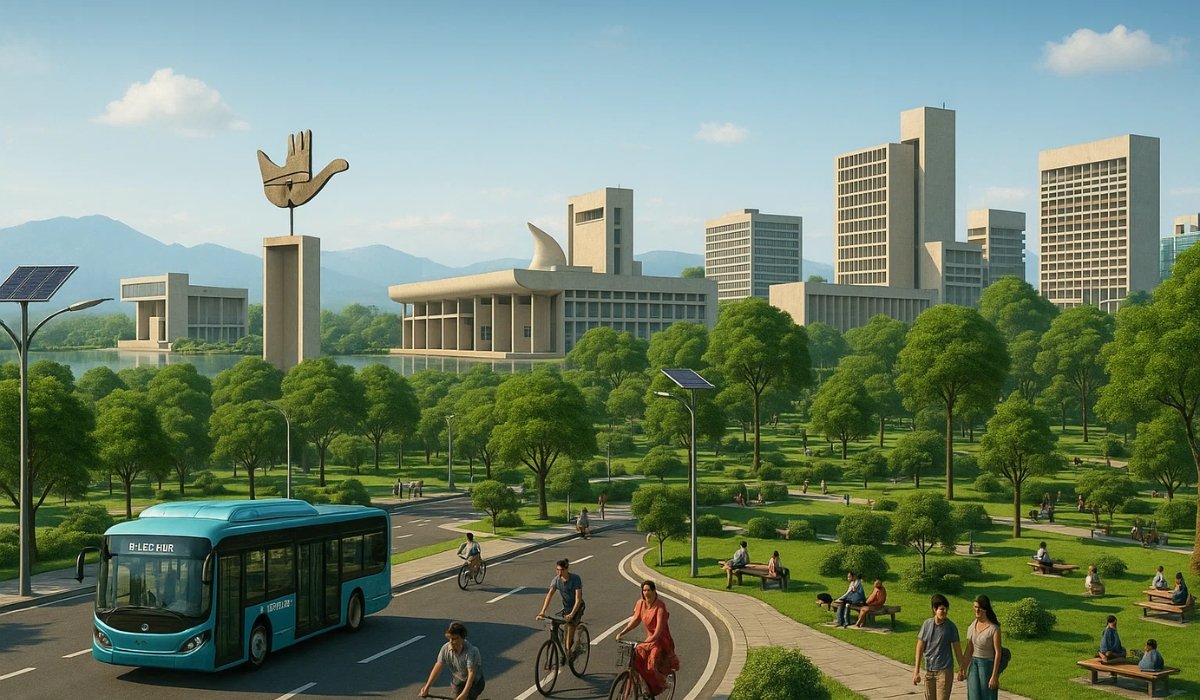The air pollution crisis has emerged as one of the most pressing environmental and public health challenges in India. According to a recent report, the economic cost of this crisis is alarming—India could lose up to 3.2% of its Gross Domestic Product (GDP) annually due to the adverse effects of air pollution.
This statistic isn’t just a number; it highlights the dangerous intersection between environmental degradation, public health, and economic stability. The air pollution crisis affects every citizen, from rural laborers to urban professionals, and if not tackled effectively, could slow down India’s development trajectory.

What is the Air Pollution Crisis?
The air pollution crisis refers to the severe and worsening levels of pollutants in the atmosphere, particularly in urban and industrial regions. These pollutants include:
- Particulate Matter (PM2.5 and PM10)
- Nitrogen Dioxide (NO₂)
- Sulfur Dioxide (SO₂)
- Carbon Monoxide (CO)
- Ground-level Ozone (O₃)
When these pollutants exceed safe limits, they contribute to smog, respiratory illnesses, climate change, and significant economic burdens.
Key Highlights: India’s Economic Loss Due to Air Pollution
A recent joint report by global health and economic experts revealed the following alarming data:
| Factor | Impact |
|---|---|
| Annual GDP Loss | 3.2% of India’s total GDP |
| Healthcare Costs | $36 billion (approximate annual burden) |
| Work Productivity Decline | 1.5 billion workdays lost per year |
| Premature Deaths Due to Pollution | Over 1.6 million annually |
| Most Affected Regions | Delhi NCR, Uttar Pradesh, Bihar, Punjab |
This economic burden affects both macroeconomic indicators and household income, creating a cycle of poverty and illness in vulnerable communities.
Causes of the Air Pollution Crisis in India
India’s air pollution crisis is fueled by multiple sources. Here are the top contributors:
a. Vehicular Emissions
India’s rapidly growing automobile sector, especially in metro cities, contributes significantly to PM2.5 and NO₂ levels.
b. Industrial and Construction Activity
Heavy industries, brick kilns, and ongoing infrastructure projects release dust and harmful gases.
c. Biomass and Crop Residue Burning
Particularly in northern states, post-harvest stubble burning leads to seasonal pollution spikes.
d. Household Energy Use
The burning of firewood, cow dung, and coal in rural homes releases black carbon and fine particulate matter.
e. Lack of Urban Planning
Overcrowded cities, inadequate green zones, and improper waste disposal worsen urban air quality.
Health Impacts of the Air Pollution Crisis
🔹 Immediate Health Effects
- Difficulty breathing
- Coughing, wheezing
- Asthma attacks
- Eye irritation
🔹 Chronic Health Conditions
- Cardiovascular diseases
- Chronic obstructive pulmonary disease (COPD)
- Lung cancer
- Developmental disorders in children
🔹 Vulnerable Groups
- Children under 5
- Pregnant women
- Elderly individuals
- People with pre-existing respiratory issues

How Air Pollution Affects the Indian Economy
The air pollution crisis imposes a multi-dimensional cost on India’s economy. Here’s a breakdown:
| Sector Affected | Economic Consequences |
|---|---|
| Healthcare | Rising public and private medical expenses |
| Workforce Productivity | Sick days, reduced labor output |
| Agriculture | Crop yield losses due to acid rain and dust |
| Tourism | Decline in tourist visits to heavily polluted cities |
| Real Estate | Devaluation in high-pollution zones |
Government Measures to Combat the Air Pollution Crisis
✅ National Clean Air Programme (NCAP)
Launched in 2019, NCAP aims to reduce PM2.5 and PM10 by 20–30% by 2024 in 132 cities.
✅ GRAP (Graded Response Action Plan)
Implemented during high-pollution months in Delhi NCR to control industrial, vehicular, and dust-related emissions.
✅ Promotion of EVs
The FAME-II scheme promotes electric vehicles to reduce dependence on fossil fuels.
✅ Switch to Clean Energy
Government is pushing for solar, wind, and biofuel energy adoption.
People Also Ask: Top Questions About the Air Pollution Crisis
❓ What is causing the air pollution crisis in India?
Multiple sources such as vehicles, industry, biomass burning, and construction contribute to air pollution in India.
❓ How does air pollution affect GDP?
Air pollution reduces labor productivity, increases healthcare costs, and deters foreign investments—leading to a GDP loss of up to 3.2%.
❓ Which Indian cities are worst affected by the air pollution crisis?
Delhi, Ghaziabad, Kanpur, Patna, and Lucknow frequently top global pollution charts.
People Also Search For: Related Environmental Issues
- Climate Change in India
- Water Pollution in Indian Rivers
- Noise Pollution in Urban Areas
- Stubble Burning Solutions
- Green Energy Initiatives in India
What Can Be Done? Solutions to Tackle the Air Pollution Crisis
🌱 At the Individual Level
- Use public transport or cycle
- Avoid burning garbage or leaves
- Use clean cooking fuels like LPG or induction stoves
- Plant trees around your locality
🏙️ At the Community Level
- Raise awareness through schools and RWAs
- Participate in clean air drives
- Demand stricter environmental policies from local governments
🏛️ At the Policy Level
- Implement stricter vehicle emission norms
- Penalize industrial polluters
- Expand public transportation
- Monitor air quality in real time
Conclusion: A Call to Action
The air pollution crisis is not just an environmental issue—it is an economic and public health emergency. With a potential GDP loss of 3.2%, the stakes are too high to ignore. Tackling air pollution demands a collective response from individuals, communities, businesses, and the government.
At Chandigarh UT, we believe in building awareness and advocating for a cleaner, healthier, and more sustainable India. Let’s work together to clear the air—literally and economically.



